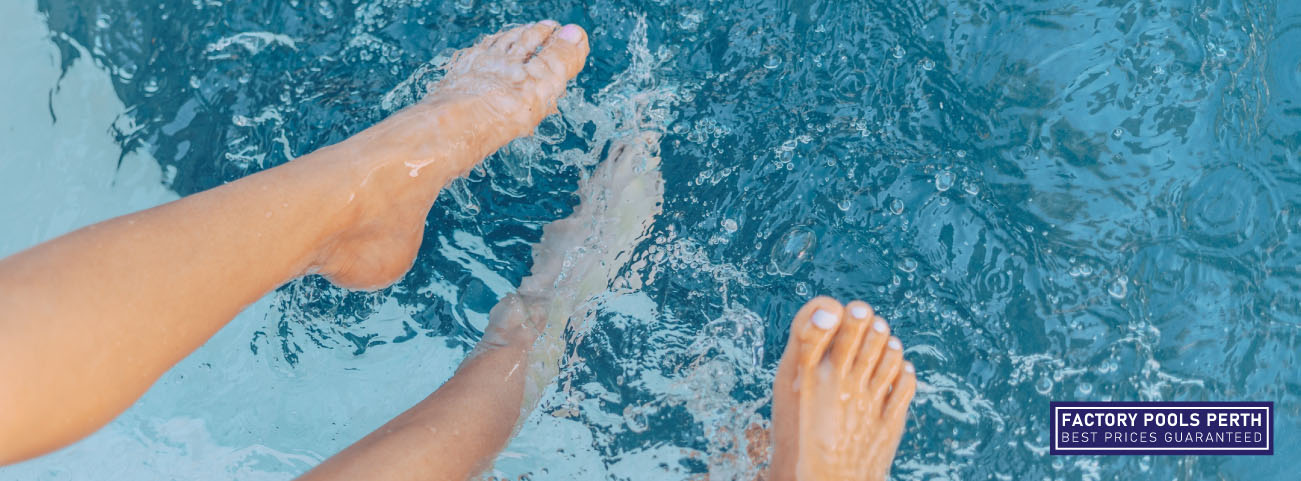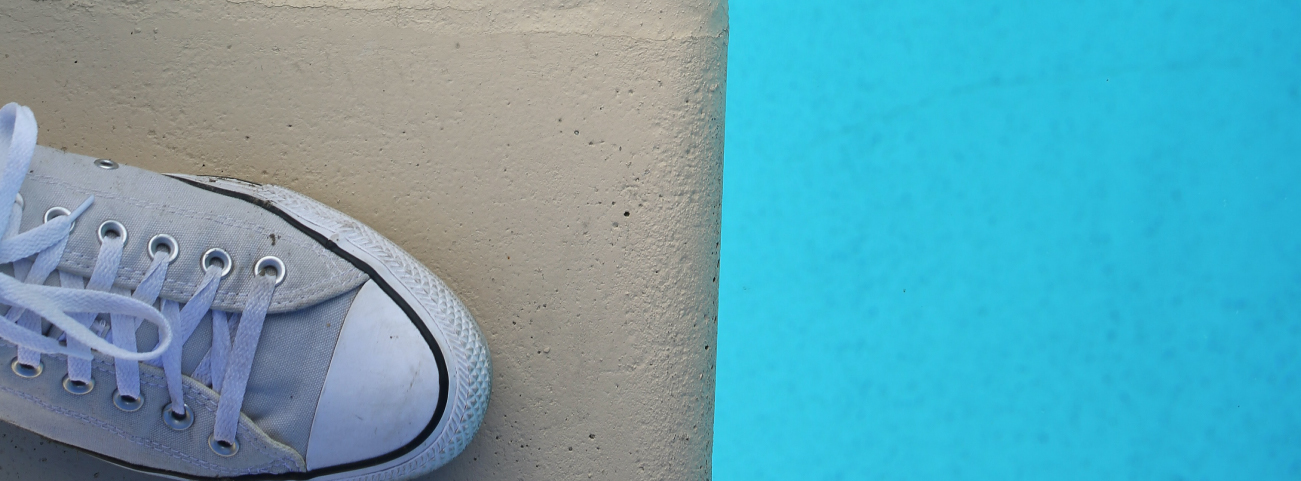Precautions To Take When Swimming While Undergoing Chemotherapy Treatment
If you are undergoing chemotherapy treatment, it can be difficult to know what activities you should avoid and which ones are safe to do. Chemotherapy affects your immune system, and if it isn’t strong enough, then infections can occur more easily. Swimming while undergoing chemotherapy is one of those activities that people often think is okay but isn’t always appropriate.

While there are some pools that use chlorine-treated water, which makes them safer than others, there are still risks involved. It is important that anyone who decides they want to go swimming while on chemotherapy knows what precautions need to be taken before doing so. Read on to learn more.
Pools that are chlorine-treated can be harsh on the skin
Chlorine is a chemical that’s used to kill bacteria in pools and hot tubs. It can be harsh on the skin, eyes, lungs and throat, especially if you’re already undergoing treatment for a serious illness like cancer or HIV/AIDS. It also affects your immune system by weakening it, so it’s important to avoid chlorine when you’re taking chemotherapy drugs.
Chlorine-treated pools can also lead to infection and illness on top of any existing symptoms. If you have been diagnosed with cancer, it is important that you stay away from chlorinated water, especially public pools. Public pools are not just for fun; they are also a source of contamination for people undergoing chemotherapy treatment. The chemicals used in the treatment process cause irritation to the skin, eyes, nose and throat, as well as the digestive system. This can result in nausea or vomiting due to irritation caused by chlorine.
Chemotherapy treatment is very hard on the immune system
Chemotherapy treatment is also very hard on the immune system, which means your body can’t fight off infections as easily. If you have chemotherapy-induced neutropenia (CI), this means that your white blood cell count has decreased significantly, and you are more likely to get sick. It’s important to take precautions against getting sick during chemotherapy. It will make it harder for you to recover from cancer treatment and may prolong or even cause death from any cancer treatments used by doctors at your hospital or clinic.
However, if you are still determined to go swimming, here are a few precautionary steps that you can take.

Talk to your doctor
Talk to your doctor about swimming while undergoing chemotherapy treatment. Ask your doctor about the type of chemotherapy you are having and if it is safe for you to swim in chlorinated pools.
If there are any concerns about swimming in a saltwater pool, talk with a nurse or doctor at the facility where you will be treated. It is important to do this before making any decisions on whether or not it’s safe for you to participate in recreational activities like swimming while receiving chemotherapy.
Chemotherapy treatment is a serious matter. It can cause you to feel ill, have side effects and even makes you feel worse than when you first started the treatment. Swimming may be one of the best forms of exercise, but if it causes pain or discomfort, then it’s not appropriate for people undergoing chemotherapy.
Start swimming gently and then build up slowly
Start swimming slowly and gently. Don’t over-exert yourself. Once you feel comfortable in your fibreglass pool, build up your swimming speed gradually and with small increases in distance. Don’t try to swim too far or too fast at first. This can cause negative side effects such as overheating or exhaustion caused by overexertion of muscles, which is not good for your body while undergoing chemotherapy treatment!
If you feel yourself becoming fatigued, stop swimming and take a break. Remember to stay hydrated while in the pool. Drinking plenty of water before, during and after swimming is important.
Make sure that someone is with you while you go swimming
Make sure that someone is with you while you go swimming while undergoing chemotherapy. While swimming, you may have a loss of feeling in your fingers/toes and may be unable to grip equipment. In case you over-exert yourself, you might faint and you will need someone to save you from drowning. Make sure that this person knows about cancer and can act quickly to save you.
If it is not possible for someone else to be with you, consider going for a swim wearing a flotation device such as an inflatable vest or life jacket. This will help keep your head above water if something happens. It can also help prevent injury by reducing the force of impact when landing on hard surfaces such as concrete or sand.
If even with all the precautions, something happens, it is important to remain calm. Try not to panic and breathe deeply until help arrives at the poolside.

Try a water aerobics class
If you want to go swimming while going through chemotherapy, consider doing water aerobics classes. Water aerobics classes are tailored to the needs of people undergoing chemotherapy and are a great way to get your mind off things while staying active. Teachers will be aware of the effects of chemotherapy and can tailor their teaching methods accordingly. If you want to swim in your own fibreglass pool, you can get an instructor to come to your place.
You can also check out local pools or gyms that have classes for cancer patients. These classes will often be free or at a reduced rate. With this, you will have an opportunity to swim in a safe place and under the guidance of an expert.
Conclusion
It’s important to be aware of the potential risks and take precautions when swimming while undergoing chemotherapy treatment. Please note that, depending on your case, swimming might not be an option for you. You should only take recommendations from a cancer specialist for that. If you are concerned about your health or are unsure about any of the recommendations provided here, please consult your doctor as soon as possible.
Precautions To Take When Swimming While Undergoing Chemotherapy Treatment
If you are undergoing chemotherapy treatment, it can be difficult to know what activities you should avoid and which ones are safe to do. Chemotherapy affects your immune system, and if it isn’t strong enough, then infections can occur more easily. Swimming while undergoing chemotherapy is one of those activities that people often think is okay but isn’t always appropriate.

While there are some pools that use chlorine-treated water, which makes them safer than others, there are still risks involved. It is important that anyone who decides they want to go swimming while on chemotherapy knows what precautions need to be taken before doing so. Read on to learn more.
Pools that are chlorine-treated can be harsh on the skin
Chlorine is a chemical that’s used to kill bacteria in pools and hot tubs. It can be harsh on the skin, eyes, lungs and throat, especially if you’re already undergoing treatment for a serious illness like cancer or HIV/AIDS. It also affects your immune system by weakening it, so it’s important to avoid chlorine when you’re taking chemotherapy drugs.
Chlorine-treated pools can also lead to infection and illness on top of any existing symptoms. If you have been diagnosed with cancer, it is important that you stay away from chlorinated water, especially public pools. Public pools are not just for fun; they are also a source of contamination for people undergoing chemotherapy treatment. The chemicals used in the treatment process cause irritation to the skin, eyes, nose and throat, as well as the digestive system. This can result in nausea or vomiting due to irritation caused by chlorine.
Chemotherapy treatment is very hard on the immune system
Chemotherapy treatment is also very hard on the immune system, which means your body can’t fight off infections as easily. If you have chemotherapy-induced neutropenia (CI), this means that your white blood cell count has decreased significantly, and you are more likely to get sick. It’s important to take precautions against getting sick during chemotherapy. It will make it harder for you to recover from cancer treatment and may prolong or even cause death from any cancer treatments used by doctors at your hospital or clinic.
However, if you are still determined to go swimming, here are a few precautionary steps that you can take.

Talk to your doctor
Talk to your doctor about swimming while undergoing chemotherapy treatment. Ask your doctor about the type of chemotherapy you are having and if it is safe for you to swim in chlorinated pools.
If there are any concerns about swimming in a saltwater pool, talk with a nurse or doctor at the facility where you will be treated. It is important to do this before making any decisions on whether or not it’s safe for you to participate in recreational activities like swimming while receiving chemotherapy.
Chemotherapy treatment is a serious matter. It can cause you to feel ill, have side effects and even makes you feel worse than when you first started the treatment. Swimming may be one of the best forms of exercise, but if it causes pain or discomfort, then it’s not appropriate for people undergoing chemotherapy.
Start swimming gently and then build up slowly
Start swimming slowly and gently. Don’t over-exert yourself. Once you feel comfortable in your fibreglass pool, build up your swimming speed gradually and with small increases in distance. Don’t try to swim too far or too fast at first. This can cause negative side effects such as overheating or exhaustion caused by overexertion of muscles, which is not good for your body while undergoing chemotherapy treatment!
If you feel yourself becoming fatigued, stop swimming and take a break. Remember to stay hydrated while in the pool. Drinking plenty of water before, during and after swimming is important.
Make sure that someone is with you while you go swimming
Make sure that someone is with you while you go swimming while undergoing chemotherapy. While swimming, you may have a loss of feeling in your fingers/toes and may be unable to grip equipment. In case you over-exert yourself, you might faint and you will need someone to save you from drowning. Make sure that this person knows about cancer and can act quickly to save you.
If it is not possible for someone else to be with you, consider going for a swim wearing a flotation device such as an inflatable vest or life jacket. This will help keep your head above water if something happens. It can also help prevent injury by reducing the force of impact when landing on hard surfaces such as concrete or sand.
If even with all the precautions, something happens, it is important to remain calm. Try not to panic and breathe deeply until help arrives at the poolside.

Try a water aerobics class
If you want to go swimming while going through chemotherapy, consider doing water aerobics classes. Water aerobics classes are tailored to the needs of people undergoing chemotherapy and are a great way to get your mind off things while staying active. Teachers will be aware of the effects of chemotherapy and can tailor their teaching methods accordingly. If you want to swim in your own fibreglass pool, you can get an instructor to come to your place.
You can also check out local pools or gyms that have classes for cancer patients. These classes will often be free or at a reduced rate. With this, you will have an opportunity to swim in a safe place and under the guidance of an expert.
Conclusion
It’s important to be aware of the potential risks and take precautions when swimming while undergoing chemotherapy treatment. Please note that, depending on your case, swimming might not be an option for you. You should only take recommendations from a cancer specialist for that. If you are concerned about your health or are unsure about any of the recommendations provided here, please consult your doctor as soon as possible.



